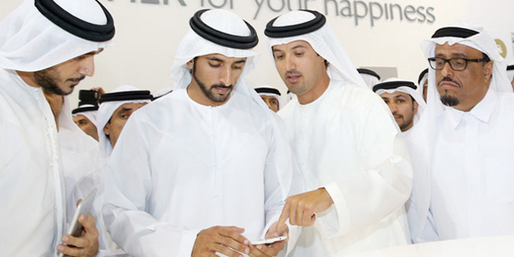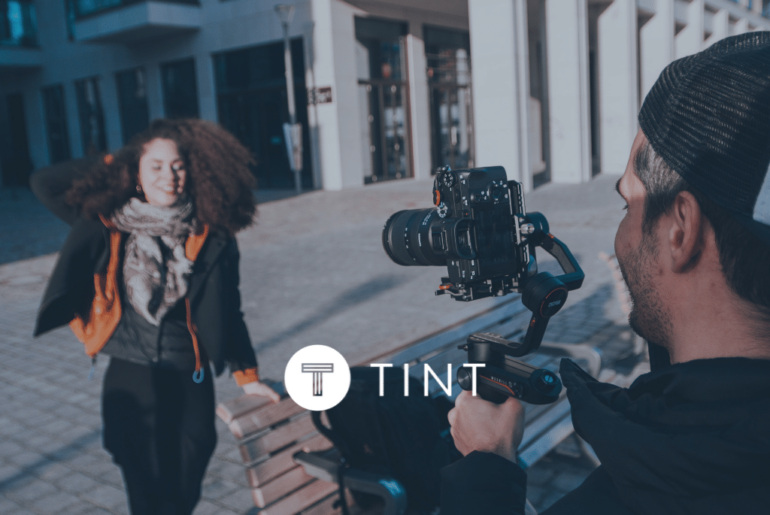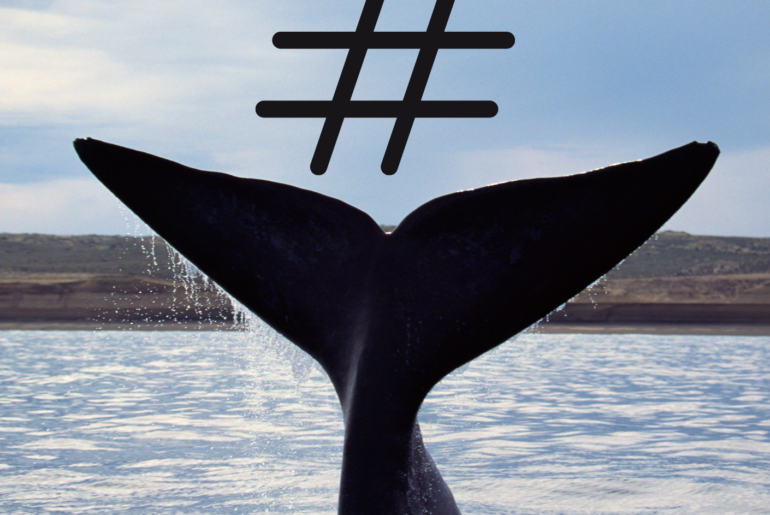Launching your San Francisco tech startup in the Middle East might not be an obvious choice. But this past week, Tint moved into Dubai. And we found ourselves in the midst of one of the most receptive environments could have hoped for. Why?
Firstly let’s look at the numbers;
88% of the online population in the Middle East uses social networking on a daily basis – that’s the highest in the world!
Next year, the Middle East and Africa will surpass Latin America in share to become the region with the second-largest social network audience, second to Asia-Pacific. When you consider that Iran blocks Facebook, there is no research from Syria and countries like Iraq only have an 8% penetration rate, that development is exponentially fast from where the region was five years ago!
36% of Middle East online users are aged between 18 and 24 years –per capita this is the highest number for a younger and more tech-savvy audience.
6.5 million users from the Middle East are on Twitter; 3.7 million are active users producing about 10 million tweets per day
KSA has a penetration rate of 33% for Twitter. It is the highest penetration of Twitter in the world
UAE has the highest LinkedIn penetration with 1.6 million users: A number that has increased by 45% in only 1 year,
But let’s put the numbers aside for five minutes and look at the environment in the Middle East.
TINT launched its platform at GITEX, an event represented by companies from 150 countries, which immediately highlights the region’s importance as a gateway for international brands. With thousands of brands and millions of tourists descending upon the UAE, Dubai has become the epicenter of innovation for brands to show their product to the world.
At GITEX you can see the scale of innovation, especially inside the Government Hall, which illustrates the priority being placed on ICT infrastructure that will support the development of smart cities across the Middle East.

This vision is fostering an entrepreneurial community like I have never seen outside Silicon Valley and already it is starting to pay dividends for a few early-movers.
In 2009, Maktoob, the first Arabic/English email service provider, was acquired by Yahoo for $175 million. It was the first proof that there is money to be made from online technologies in the Middle East. E-commerce is offering some of the biggest opportunities in this space today, and the supply chain is quickly adapting to help address the challenges; Aramex in logistics and PayPal in payments is helping homegrown e-commerce companies like Souq.com and Namshi take the market, over and above more established global players like Amazon.
Middle East governments have responded to this opportunity for growth – they have gone from holding a monopoly on telecom to auctioning off mobile licenses, opening up competition and dropping prices. This has created enormous opportunities, and a startup scene has begun to flourish. Among the big players in this space is Vodafone Egypt, which opened an accelerator to invest $3 million in early-stage startups. Across the Middle East, attention like this is being paid to create a start-up community – the future of powerful economies.
The Middle East also has the investors, an imperative cornerstone for any entrepreneurial economy. These include the Jabbar investment fund, the Flat6Labs and Oasis500 accelerators, and the N2V foundry. Events like ArabNet and the online resource Wamda.com also enable collaboration between technology-inspired companies and provide recognition for start-ups.
But challenges remain, of course. Regulations can be complicated and uncertain. The culture favors risk-averse investment in hard assets, and technical talent is still scarce. But the region needs success stories that can inspire the next generation of entrepreneurs. And we hope to be one such success story that can join an early wave of entrepreneurs coming in from San Francisco, and other technology inspired hubs, with investment to help the region realize its vision.

Hence, TINT will become the first technology platform in the Middle East that allows organizations to display social media feeds and engage audiences anytime, anywhere.
As tourists and brands continue to flock to Dubai in search of adventure and opportunity, social media displays around the city will become a mirror for their experiences. Engaging reflections powered by our technology will transform the landscape of this epicenter. We expect to see demand for TINT traveling back home across the globe along with the people and organizations that visit. I imagine Dubai will be looked to more and more as the essential hub to launch any new technology due to it’s influence on the region and potential to catalyze diverse globalization.




